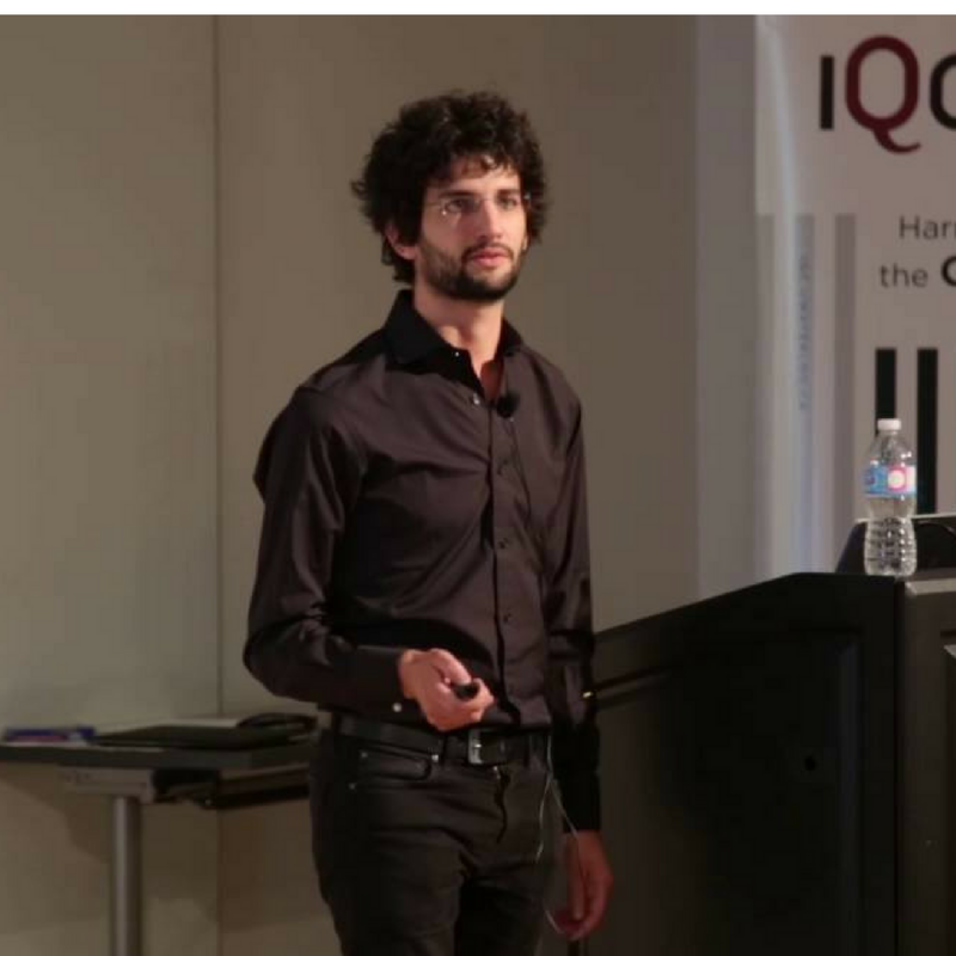In 1974, against all expectations, Hawking showed that black holes actually emit radiation. According to Einstein’s Theory of General Relativity, black holes are cosmic objects so compact that nothing should escape from them. Anything, even light, that crosses the event horizon – the boundary of the black hole – is doomed to fall upon the black hole’s central singularity. Hawking investigated the fate of pairs of particles and antiparticles that are constantly coming to life and annihilating, an effect known as quantum fluctuations of the vacuum, at the horizon. He discovered that the horizon can separate them so that the antiparticle (partner) falls on the black hole and the particle (Hawking radiation, HR) escapes it: a quantum effect lets black holes radiate. However the effect of HR is so feeble that the universe’s own thermal glow, the Cosmic Microwave Background, hides it from us. Yet, it would be essential to observe Hawking radiation to better understand black holes and how a quantum effect on the scale of black holes influences the repartition of mass on the scale of the universe – a milestone towards a unified theory of everything.
We will begin with some basic considerations on General Relativity, before turning to black holes and introducing the phenomenon of HR. Having gained intuition on the behaviour of waves in the vicinity of the event horizon, we will focus on the optical analogue to these conditions. We will see how light can be made to interact with itself to create conditions analogous to wave propagation at the event horizon, and reveal the essential ingredient of spontaneous emission – the mixing of light-modes with positive and negative frequency at the horizon. Finally, we will look into the current experimental investigation of scattering to a negative frequency wave at an optical horizon created by a soliton in a fibre.
This will provide a broad overview of the field of horizon-analogues, and open discussions of the theoretical and experimental challenges in the field.

